This post is the first in a series on Oregon Square, focusing on the urban design and landscaping. See also Part II about Block 91, Part III about Block 102, Part IV about Block 90 and Part V about Block 103.
The Design Commission has approved Oregon Square, after three Design Advice Request hearings and three full Design Review hearings. The project by GBD Architects is the second phase in the redevelopment of the American Assets Trust owned land in the Lloyd District, following the recent completion of Hassalo on Eighth. At the center of the superblock development will be a new privately owned, publicly accessible square designed by Place Studio. Surrounding the square will be four buildings, ranging in height from 11 to 30 floors, one of which will be the tallest building in the city east of the Willamette at 343′-6″. In total the development will include 944 for rent residential units. 708 vehicular parking spaces will be provided for the use of residents, while a further 200 spaces will be provided for the 52,794 sq of retail included in the project. With a mix of bike parking provided for residents, visitors and employees, the project will include 1,647 bike parking stalls.
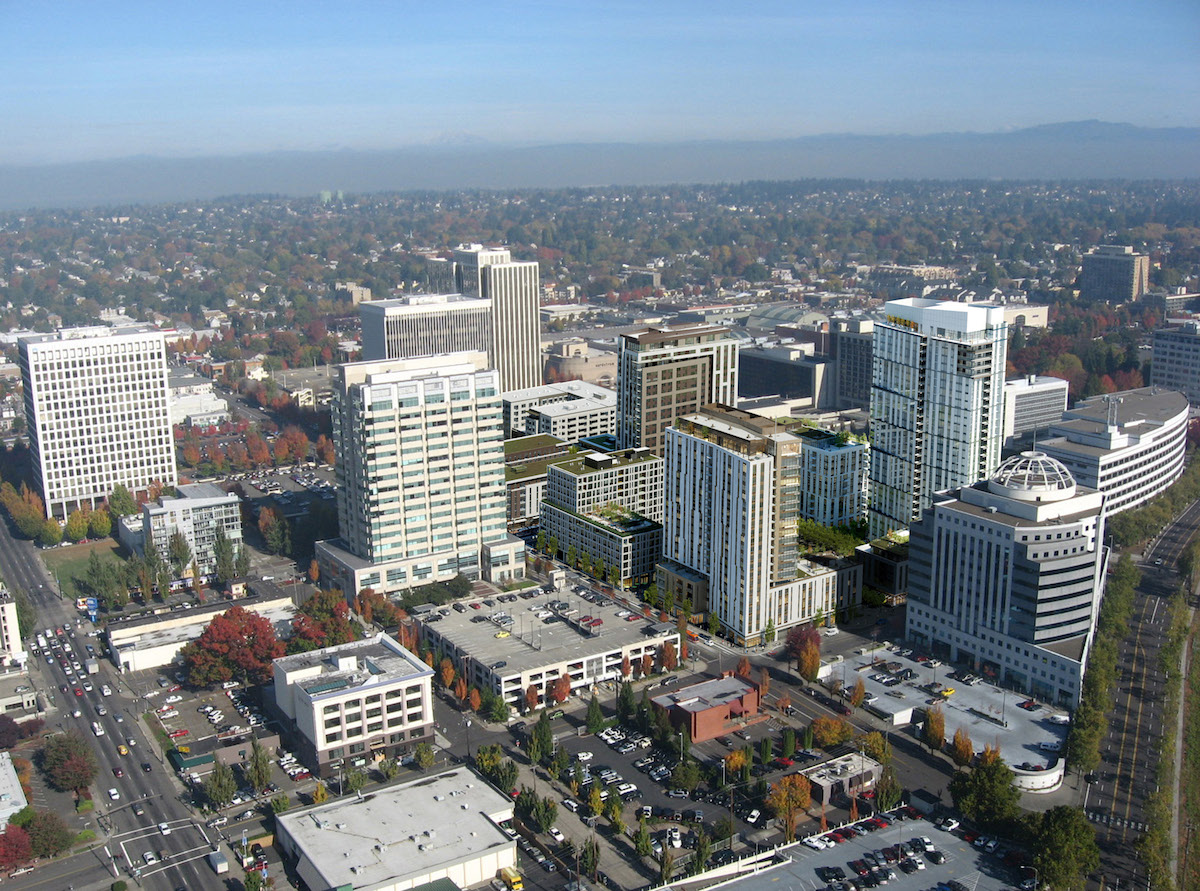
The Oregon Square site is a superblock bound by NE 7th Ave, NE Holladay St, NE 9th Ave and NE Oregon St. It is currently developed with four low rise office buildings, built by the Lloyd Corporation between 1939 and 1950. None are listed on the National Register of Historic Places, though all four have been identified as eligible for inclusion.
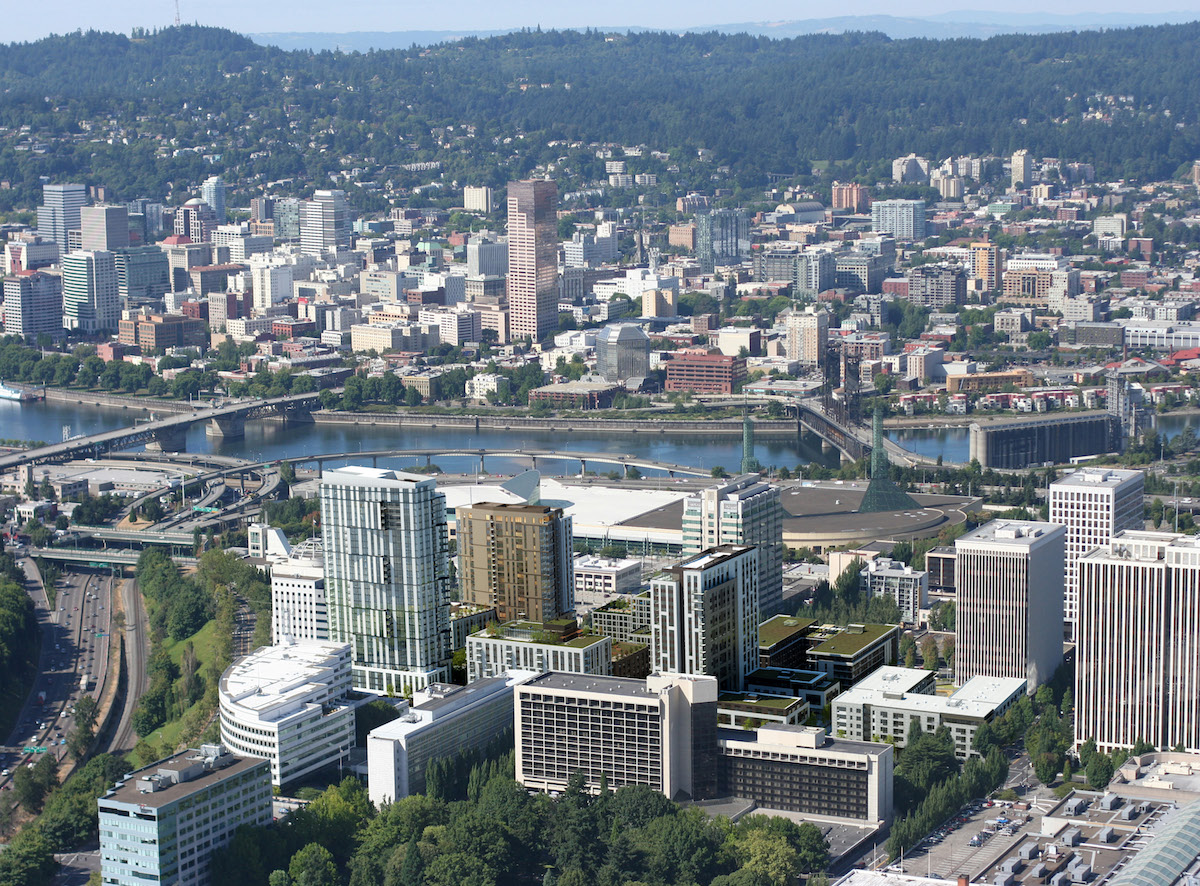
The four proposed buildings all have L-shaped plans at their podiums, which will wrap around the central square. In the north-south axis the square will act as the terminus to the reinstated NE 8th Ave, a pedestrian only street running through the center of the American Assets Trust properties. In the east-west direction the plaza aligns with NE Pacific Ave, which leads to the main entrance of the Oregon Convention Center. The square will four conceptual “gates” leading into it: a Water Street Gate at the north, which will prominently display the stormwater handling system; a Forest Gate at the east, densely planted with trees; a People Gate at the south, leading to the State office building; and a Lights Gate at the west, which will have overhead lights strung between the buildings.
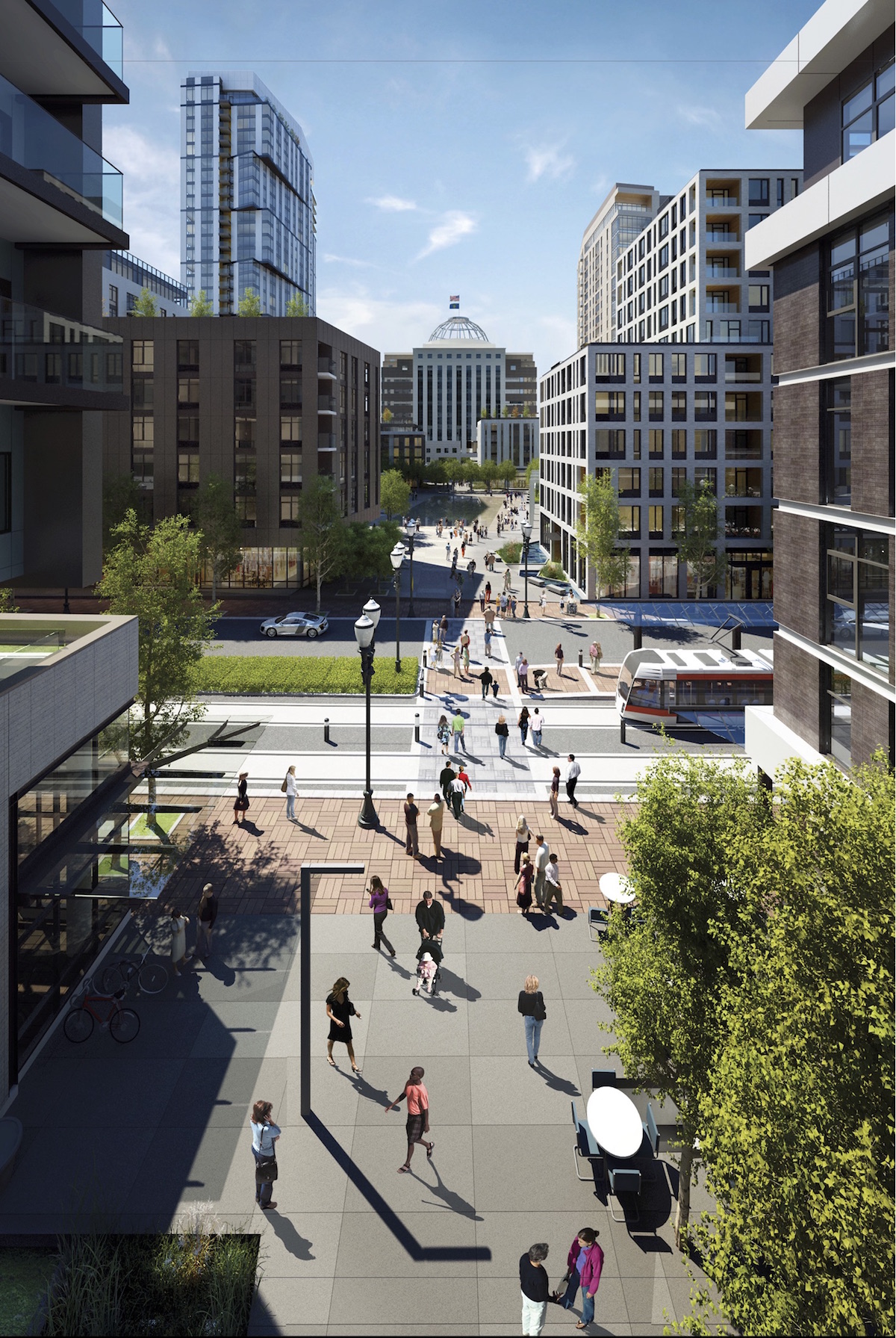
The 300′ x 300′ square will be lined on all sides with retail, set up to face both the surrounding streets and the square. The designers imagine that the square could be used for performances, public events or the Lloyd Farmers market, which is currently held on the site on Tuesday mornings.
Surface materials for the square will include cast in place concrete, with three finishes including an exposed aggregate finish as used at Hassalo on Eighth. Stone paving will be installed below a central water feature, which can be turned off when the square is used for large events. Brick pavers will be maintained on the sidewalk along the MAX line at NE Holladay St. Hardwood benches will provide fixed seating in the square. At the insistence of the Design Commission, mobile seating will also be provided.
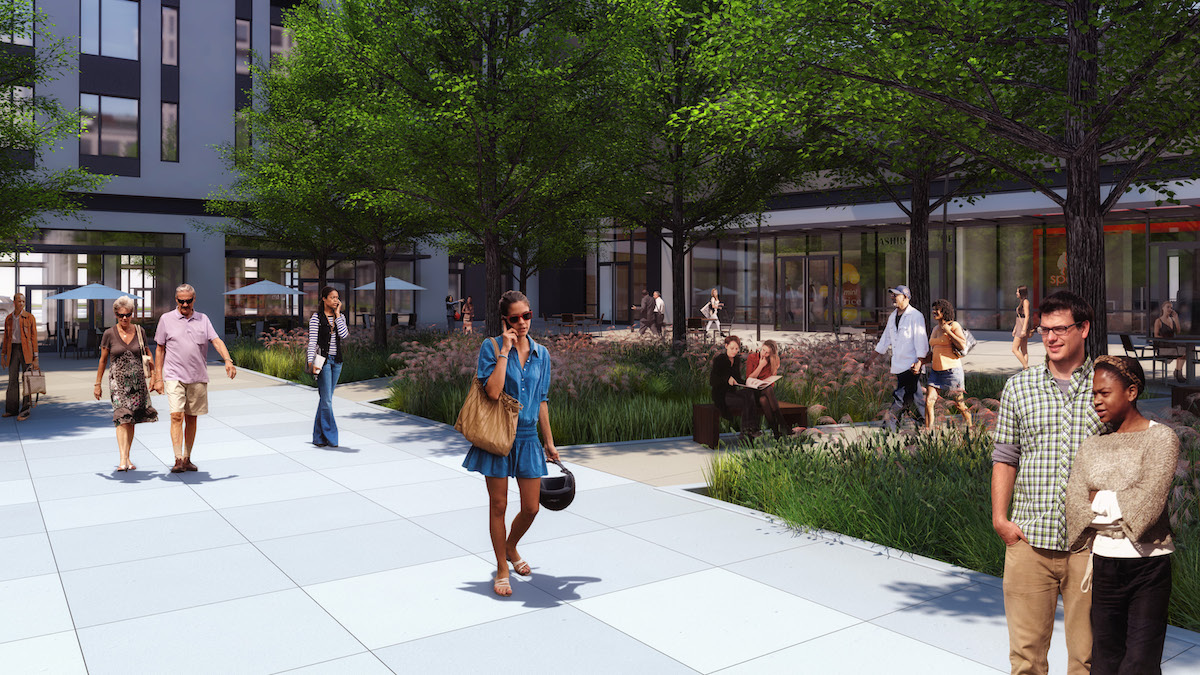
At the east side of the square a Natural Organic Recycling Machine (NORM) will process waste water from the development. The NORM will be planted with a mix of plants that includes grasses, sedges, rushes and red twig dogwood. A series of bridges will span over the NORM, providing a link from the center of the square to a “tree allee” planted with black tupelo trees. Other species of tree proposed for the square include Carolina silverbell, Chancellor linden and Crape myrtle. Forest green oak trees will be used at the “gates” into the square, while columnar Zelkova will be used as the street tree at the perimeter streets. Floral plantings in the square will include irises and daffodils.
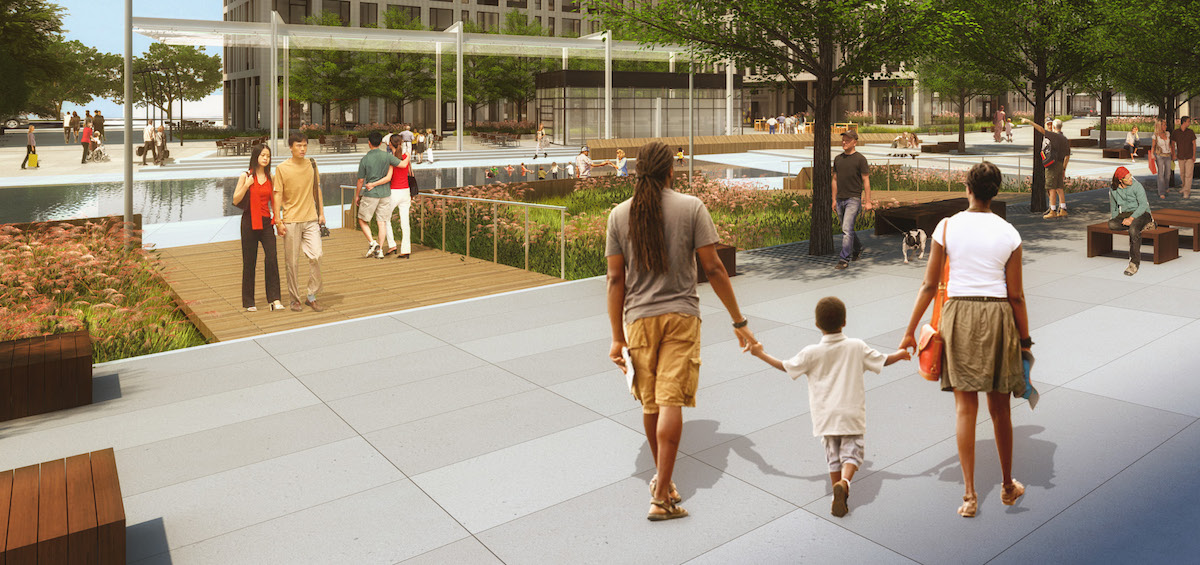
A stair and elevator pavilion will connect the square to the underground parking. Earlier iterations of the pavilion included a fixed retail space, which was removed from the design by the final hearing. Instead the pavilion will be provided with roughed in water and power, allowing for temporary uses such as food carts to set up beneath or near the canopy.
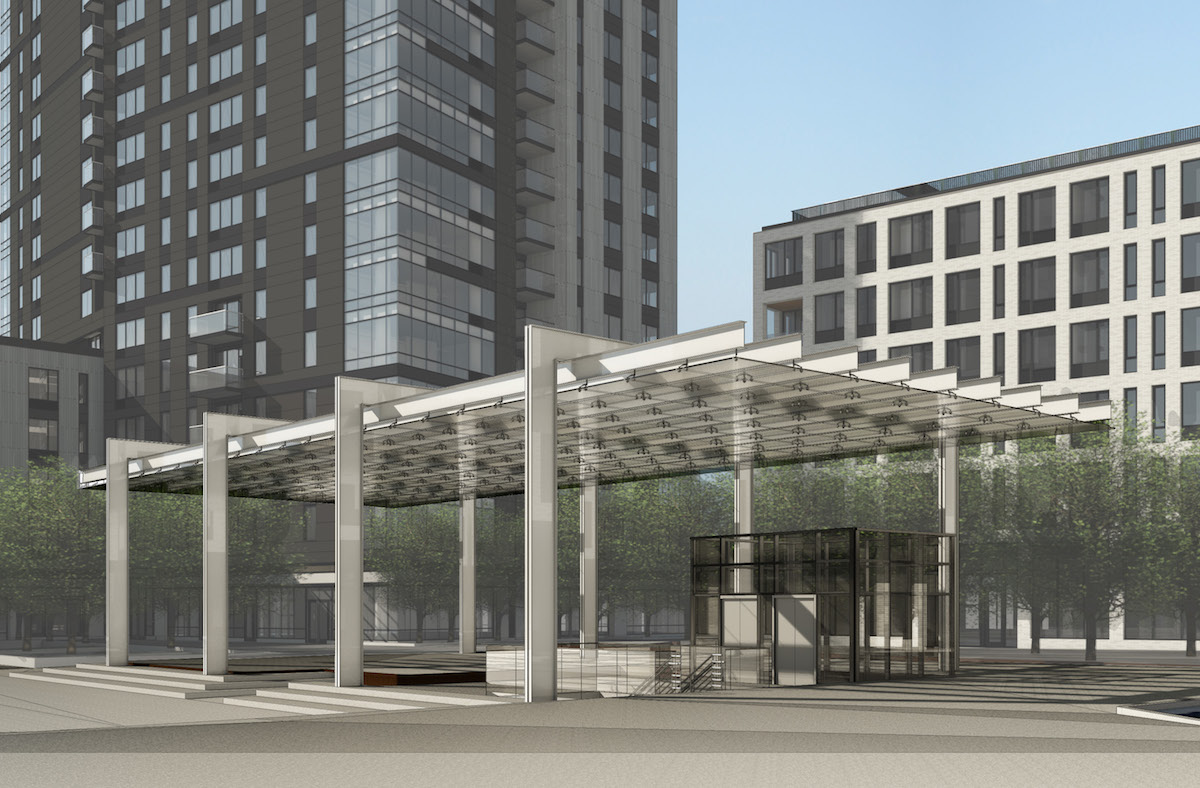
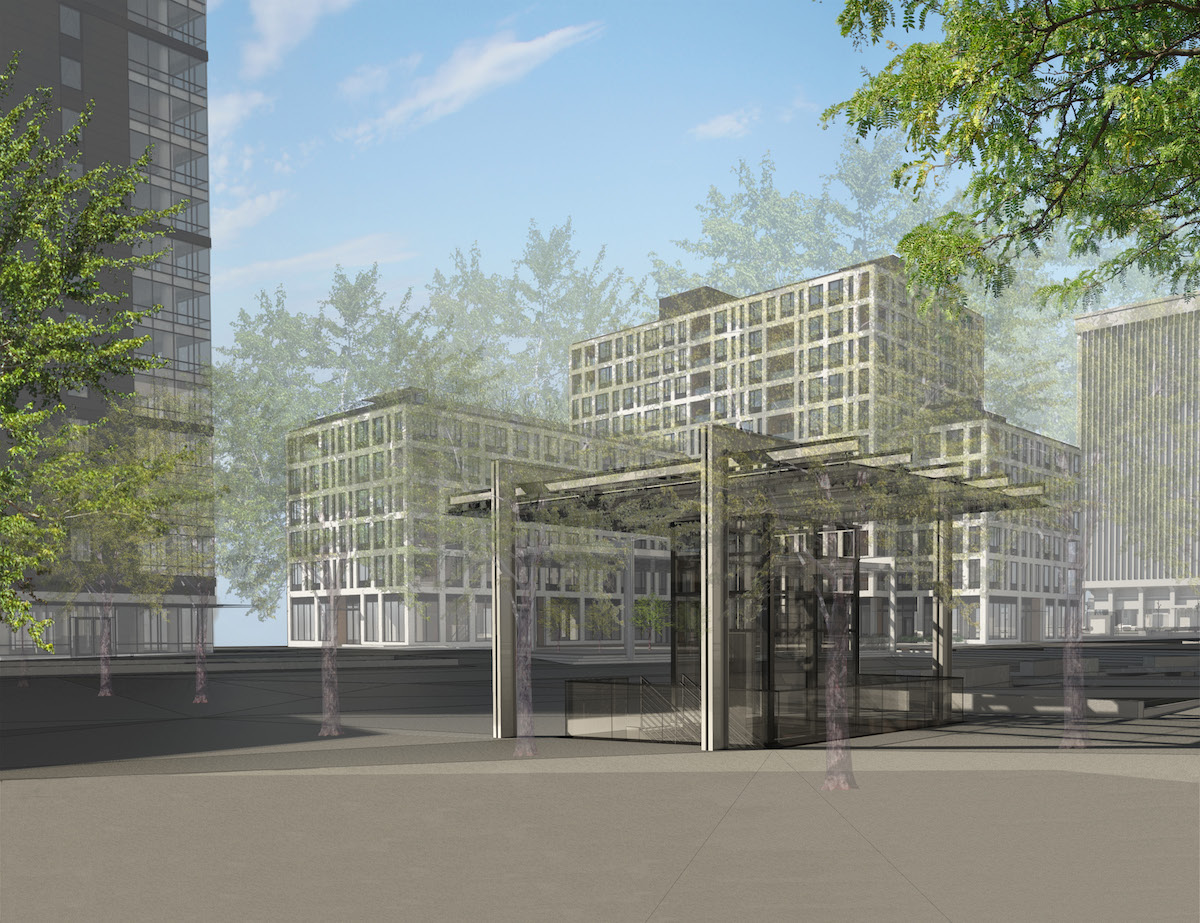
During the six public hearing on the project no members of the public spoke in favor or against the project. Three letters of support were received, including from the AIA/APA/ASLA Urban Design Panel, and from Mike Abbaté, Director of Portland Parks and Recreation.
After two previous reports that had not yet recommended approval, a revised Staff Report [PDF] recommending approval was published before the November 5th Design Commission hearing. Commissioners Simpson, Wark and Livingston voted to approve the project, while Commissioner Savinar abstained. Before voting in favor, Commission Chair David Wark summed up his thoughts on the project:
The difference between what we’re about to approve today and what came in at the first DAR, it’s just gotten so so much better and has come so far, and addressed I think more of the issues that we’ve ever brought up in a project, because it’s one of the largest projects we’ve ever reviewed… so of course there were more issues. But I think to your credit, and to your team, the owner, your client, to hang with us through this process and actually respond so well to our comments… it’s just something I’m really pleased to support at this point. While I still have some concerns about the internal square, sometimes there’s a leap of faith that we take. I think with the design elements that you’ve integrated into it and the architecture that surrounds it my fears are a little less than they were. The architecture of this phase is exponentially better than the first phase. I think it really captures and expresses the essence of the ‘60s origins of this district in a way that doesn’t ape the ‘60s, but actually kind of respects it and changes it, and makes it a 21st century interpretation of that style. I just think it’s something that’s one of the most successful projects that you’ve brought to us. I really appreciate the work you’ve put into it and the responsiveness you’ve had to our comments. So thank you for that.
The project will now need to apply for building permits before work can begin. A condition of approval will require that the project install a piece of public art, visible from NE Pacific Street. The art will be reviewed through a Type II Design Review, with a courtesy review by the Regional Arts & Culture Council.
Further posts in this series will look at the design of the individual buildings at Oregon Square.
Plans, Elevations and Sections
- Plan – Vicinity
- Plan – Existing Conditions
- Plan – Context
- Plan – Landscaping
- Plan – Parking Level P3
- Plan – Parking Level P2
- Plan – Parking Level P1
- Plan – Ground
- Plan – Typical Podium
- Plan – Typical Tower
- Plan – Roof
- Elevation – North (Holladay St)
- Elevation – East (9th Ave)
- Elevation – South (Oregon St)
- Elevation – West (7th Ave)
- Elevation – South (Plaza)
- Elevation – West (Plaza)
- Elevation – North (Plaza)
- Elevation – East (Plaza)
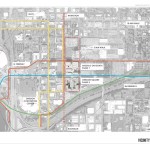
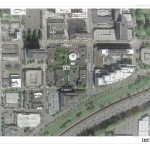
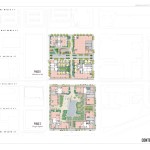
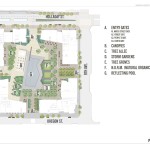
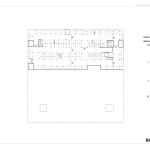
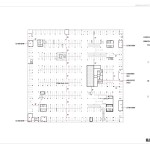
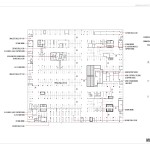
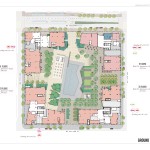
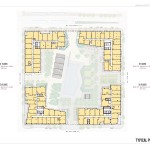
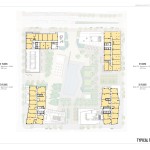
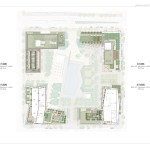
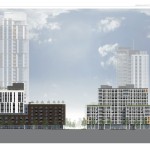
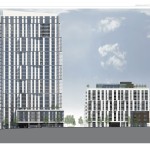
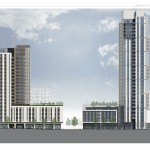
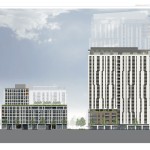

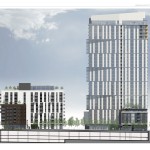
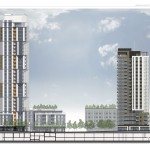
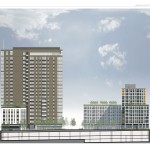
Would the new 30 story building be the tallest building east of the Willamette in Oregon (not just Portland)?
I am so grateful this project is going forward with the original height of the 30 story tower. Almost of the towers in the Lloyd District are 200 to 250 without enough variation is size, materials or design. This is a welcome addition to the district.
After reviewing the materials used in Phase I, I was more than pleased with the results. Good quality design and good quality of materials. The GBD team has come up with a winner for Portland.
One final note: I am so thankful this will get done before that God awful proposal to replace the Lloyd Movie Theaters.
Portland Native
The Lloyd district is in great need of a sense of place. I think this project does a good job defining that on a large scale.
It would be great if other landholders (Kaiser) could see the benefit of large scale residential in an area that is virtually one giant parking lot.
The proposal to replace the cinemas feels like it follows the suburban model of making 700 units look like a single building.